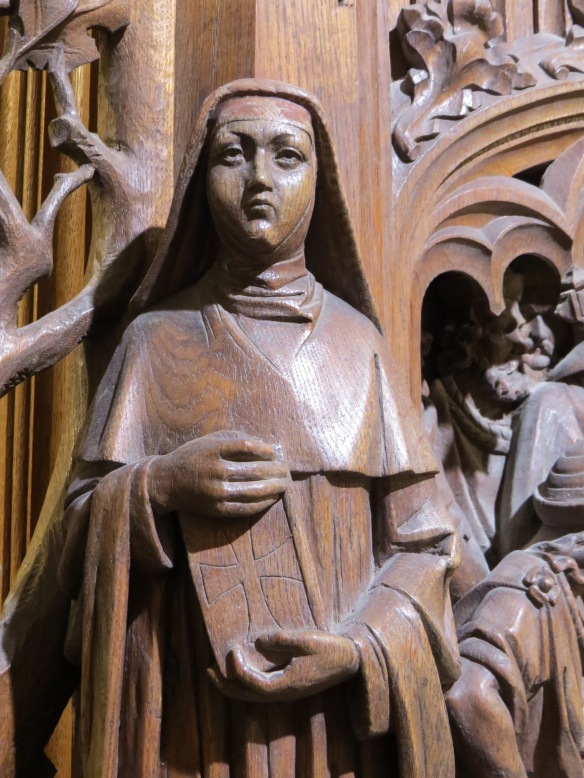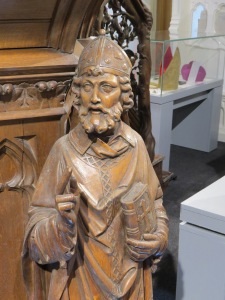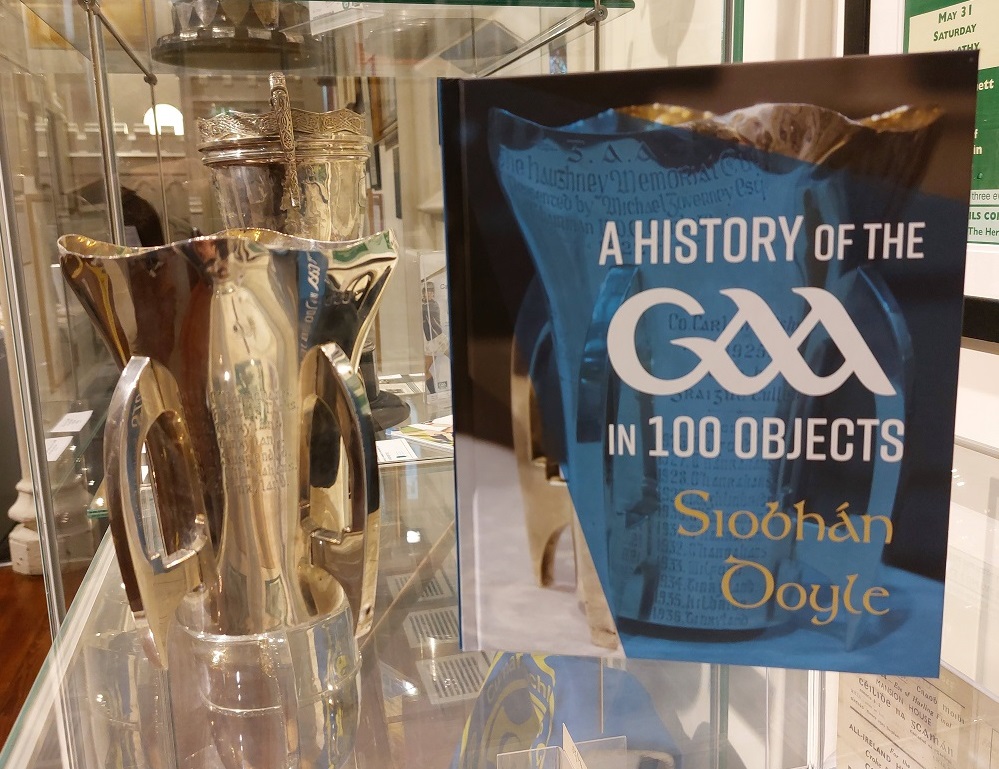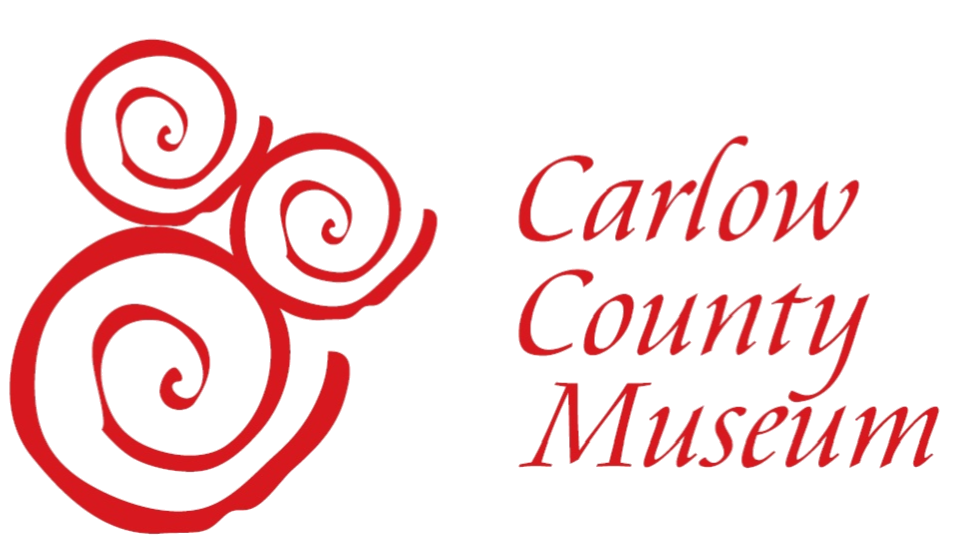
Debate over realty
There is debate over whether St Brigid is a real person or not, since St Brigid shares the name of the Pagan Irish goddess associated with Spring, healing and blacksmithing.
The goddess Brigid[i] is celebrated on February 1st [ii} which is the same as St Brigid’s feast day.
This makes some people believe that she is a Christianisation of the god.
Early life
Brigid was born in Faughart, Dundalk in county Louth[iii], her mother was a Scottish slave called Brocca who had been baptized St Patrick.
Her father was a chieftain of Leinster[iv].
Brigid was born a slave and was holy from day one, when a druid tried to feed her she vomited due to his impurity.
A white cow with red ears appeared to sustain her. When she was ten years old she gave away all her mother’s butter stores to the poor. The stores replenished when she prayed.
Her father was annoyed with her charity to people that he took her in a chariot to the king of Leinster[v] to sell her. While he was talking to the king, Brigid gave away his jeweled sword to a beggar to barter it for food to feed his family. The king recognised her holiness and convinced her father to grant his daughter her freedom.
Religion
According to tradition, around 480, Brigid founded a monastery[vi] at Kildare on the site of an older pagan shrine to the Celtic goddess Brigid, served by a group of young women who tended an eternal flame[vii]. The site was under a large oak tree on the ridge of Drum Criadh.
She founded two monastic institutions, one for men, and the other for women, and invited Conleth[viii] (Conláed), a hermit from Old Connell near Newbridge, to help her in Kildare as spiritual pastor of them.
Brigid is also credited with founding a school of art, including metal work and illumination, which Conleth oversaw.

Miracles
When she was a teenager, Brigid was trying to go see Saint Patrick[ix] but was slowed up by the crowd. To get through, she healed people along the way.
The prayers of Saint Brigid were known to still the wind and the rain.
Brigid was known to turn water into milk or beer for the curing of Easter[x].
This piece has been researched and written by David Sherry, Transition Year Student, Presentation College, Carlow as part of his work experience in Carlow County Museum.
References
[i] Daughter of the great god Dagda, she is the Irish equivalent of the Greek god Athena. http://www.druidry.org/library/gods-goddesses/brigit
[ii] One of the 4 Celtic “Fire Festivals. Commemorates the changing of the Goddess from the Crone to the Maiden. Celebrates the first signs of Spring. http://www.thewhitegoddess.co.uk/the_wheel_of_the_year/imbolc.asp
[iv] Dubthach, a chieftain who served the king of Leinster, He sold Brigid’s mother to a druid before she gave birth.
[v] No known name is given, though is most likely Crimthann mac Énnai who was king at that time.
[vi] The church was named Cill Dara (the church of the oak), Cill Dara grew into the town of Kildare and also gave the county its name. http://www.catholic.org/saints/saint.php?saint_id=453
[vii] A sacred fire burned in Kildare reaching back into pre-Christian times. http://kildare.ie/community/notices/perpetual-flame.asp
[viii] Patron saint for Kildare diocese, Assistant of St. Brigid in 490 A.D
[ix] Saint Patrick who is the patron saint of Ireland. http://www.history.com/topics/st-patricks-day/who-was-saint-patrick
[x] A Christian festival celebrating the resurrection of Jesus Christ. http://www.history.com/topics/holidays/history-of-easter











